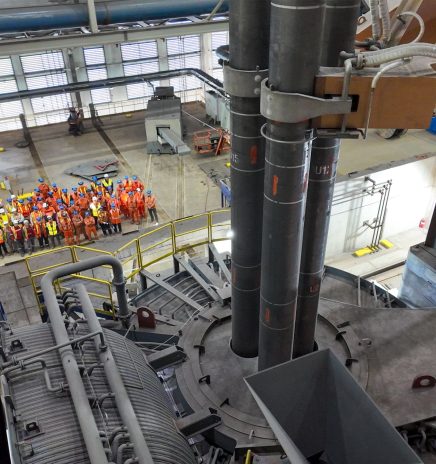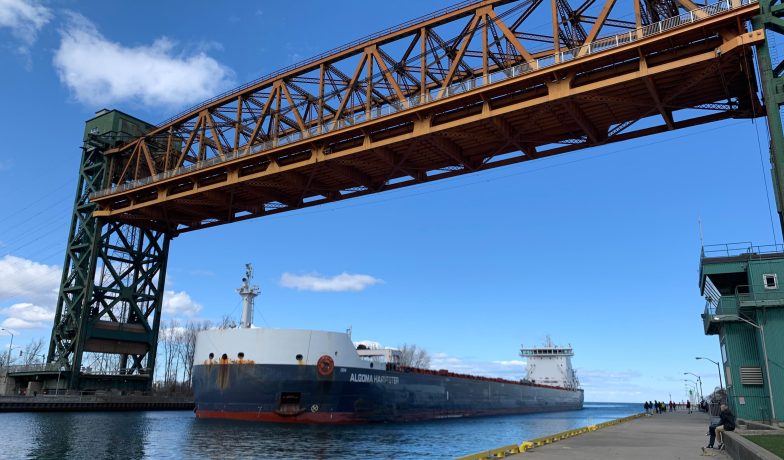St. Lawrence Seaway Remains a Key Supply Chain
“The Great Lakes-St. Lawrence Seaway System continues to provide shippers a reliable route for a diverse range of commodities flowing in and out of the U.S. heartland,” said Adam Tindall-Schlicht, administrator of the Great Lakes St. Lawrence Seaway Development Corporation (GLS). “Cargo numbers continue to improve thanks to the dedicated workers at U.S. and Canadian ports and on the vessels who are keeping vital products like grain and steel moving efficiently through the Great Lakes maritime supply chain.”
Cargos which showed significant increases compared to the same period in 2023 are:
• Grain: 5.2 million metric tons of Canadian and U.S. grain shipped, up by 277,000 metric tons or 5.6 percent
• Potash: 849,000 metric tons of potash shipped, up by 145,000 metric tons or 21 percent
• Petroleum: 1.8 million metric tons of petroleum products shipped, up by 385, 000 metric tons or 27 percent
• Iron and steel: 1.3 million metric tons of iron and steel shipped, up by 347,000 metric tons or 35 percent
“The St. Lawrence Seaway is a vital link in the supply chain that keeps our economies moving,” said Jim Athanasiou, president and CEO of the St. Lawrence Seaway Management Corporation (SLSMC). “Marine shipping on the Seaway is an environmentally-friendly method for transporting goods. That’s why we’re actively working with the Great Lakes St. Lawrence Seaway Development Corporation (GLS) on initiatives like the Green Shipping Corridor to further increase our sustainability.”
As the season progresses, leaders expect tonnage levels to remain on trend demonstrating the seaway as a resilient, predictable and sustainable binational system for global shipping.

Winding Down
As the Great Lakes-St. Lawrence Seaway System approaches its seasonal closure, the rhythm of maritime commerce slows. The Montreal–Lake Ontario section will cease transits after December 24, with all ships required to clear... Read More

Algoma Steel to Lay Off 1,000 Workers, Close Blast Furnace
Algoma Steel plans to lay off about 1,000 workers and close its blast furnace and coke making operations in early 2026. Algoma cites the high tariffs imposed by U.S. President... Read More

